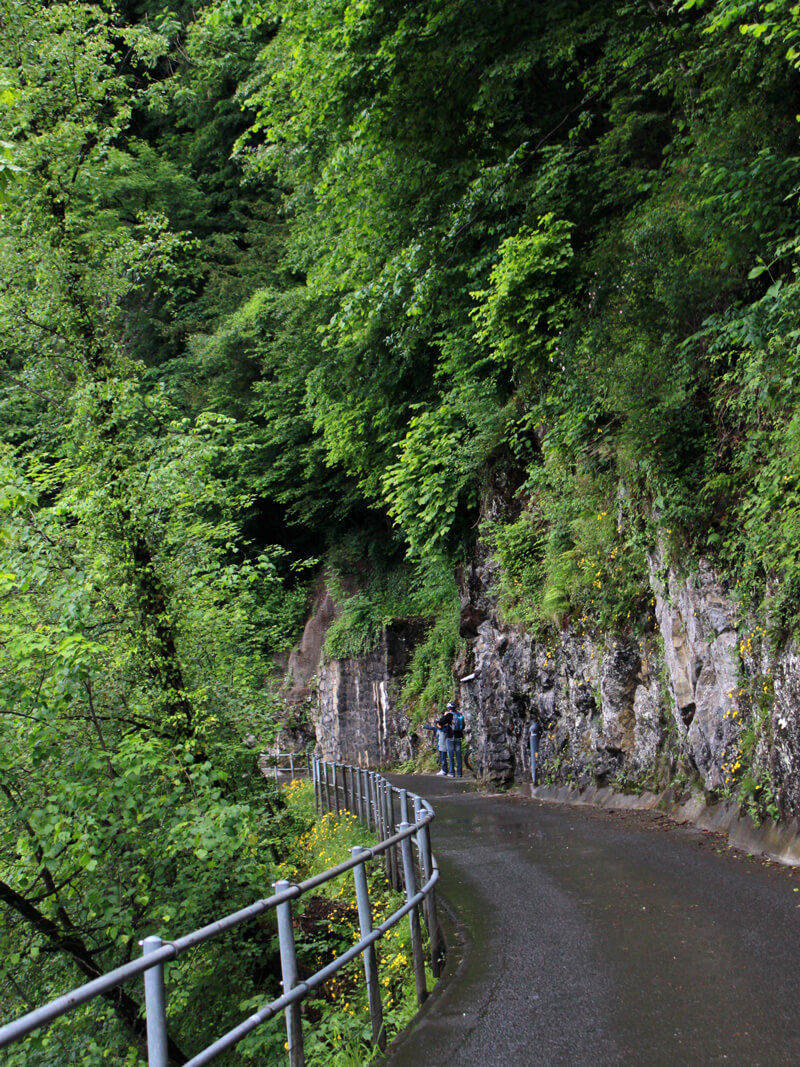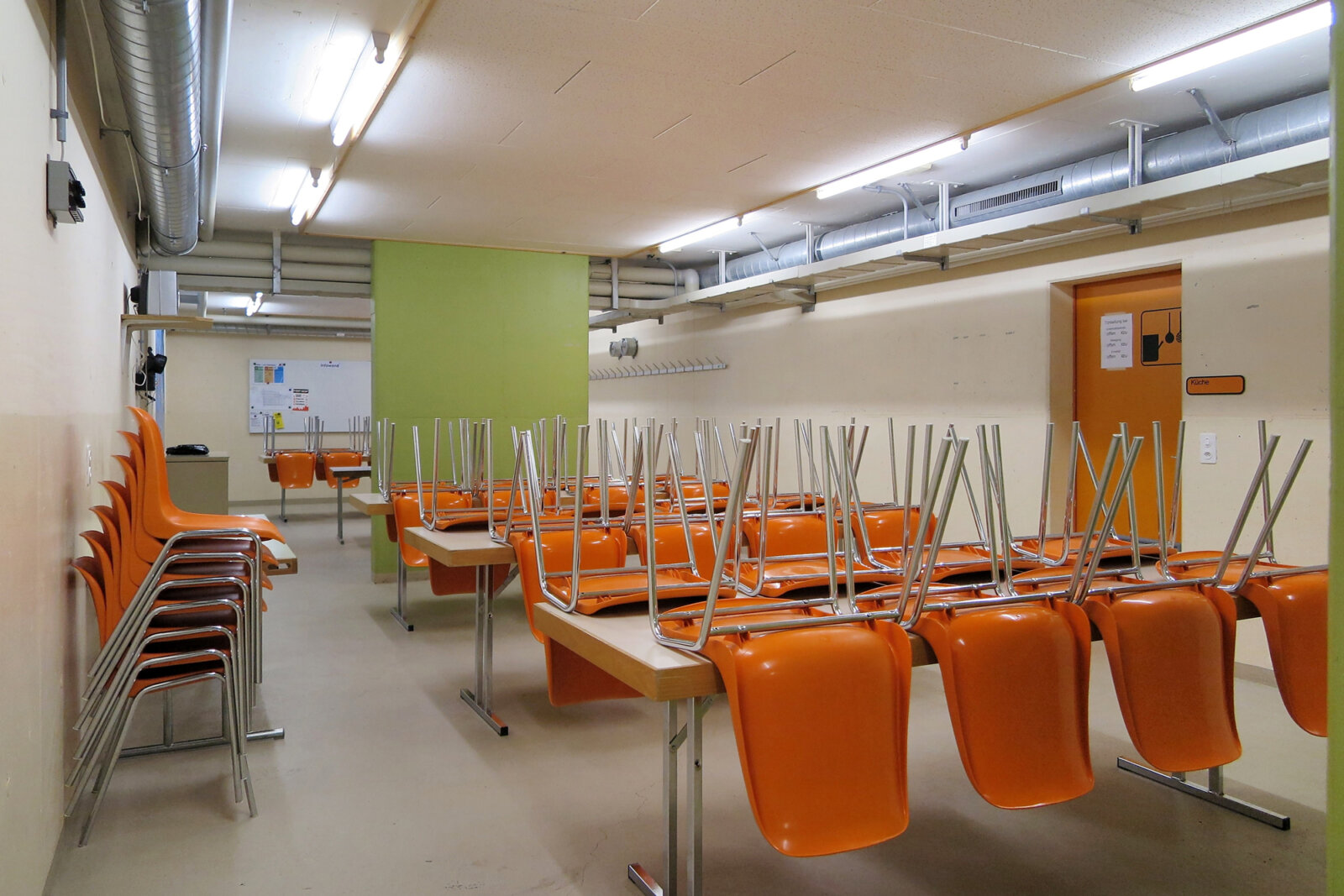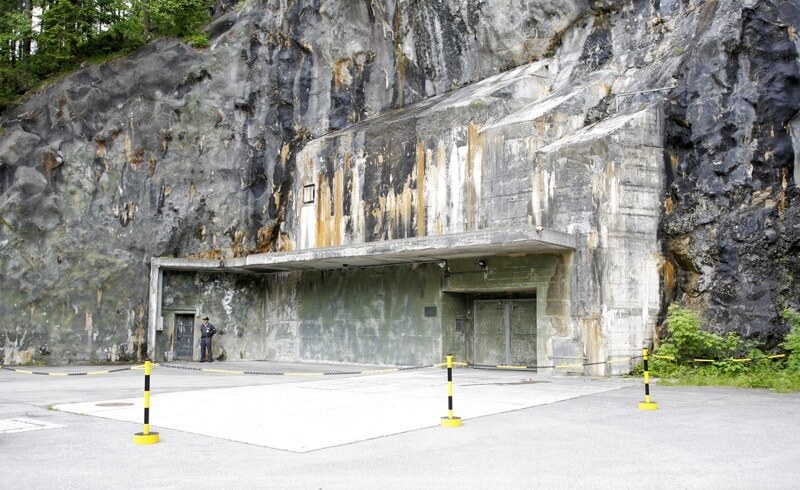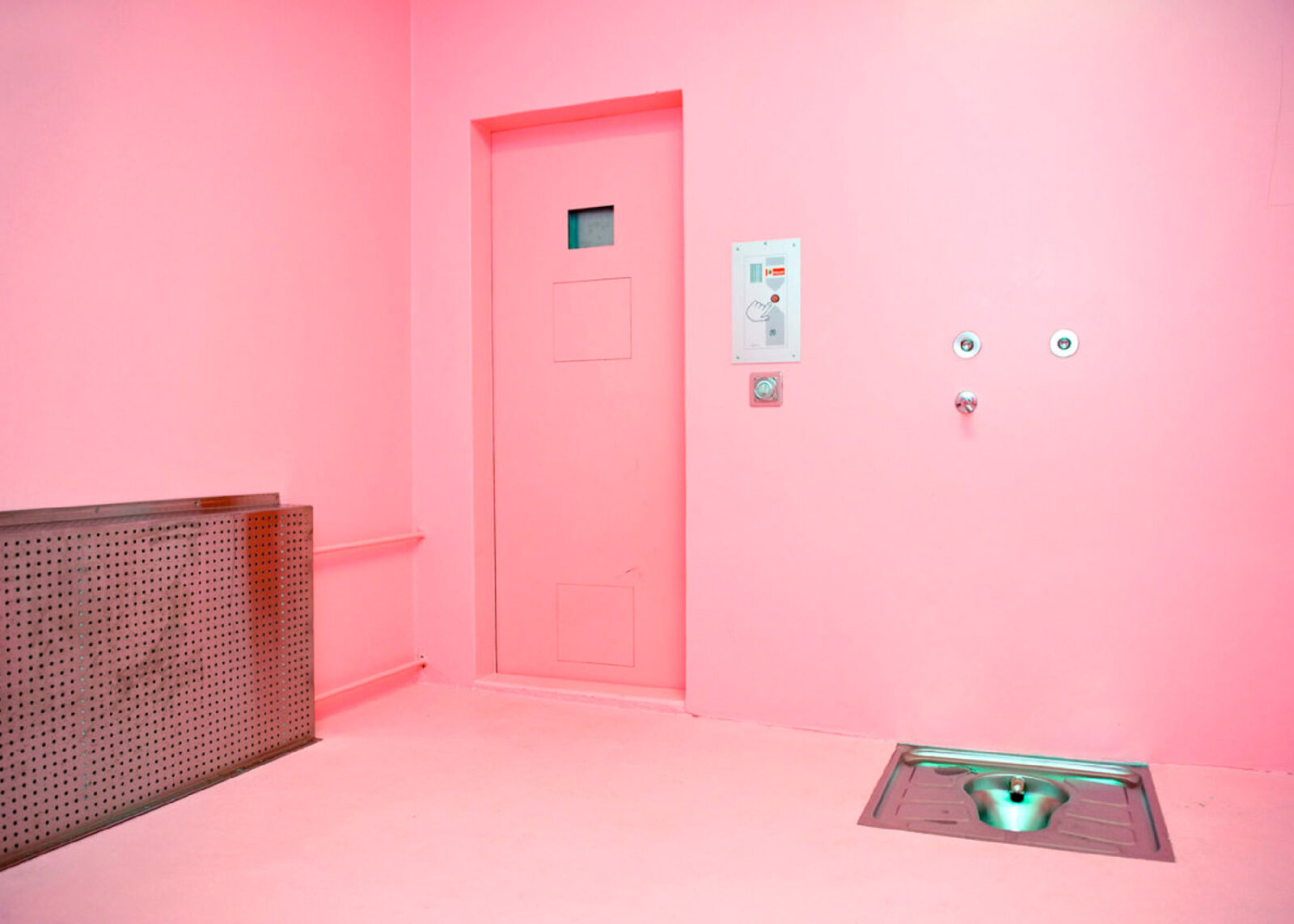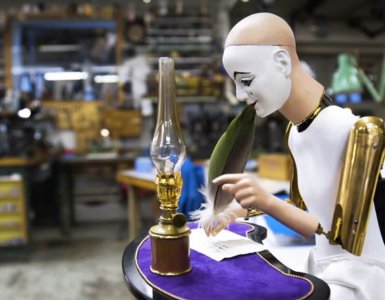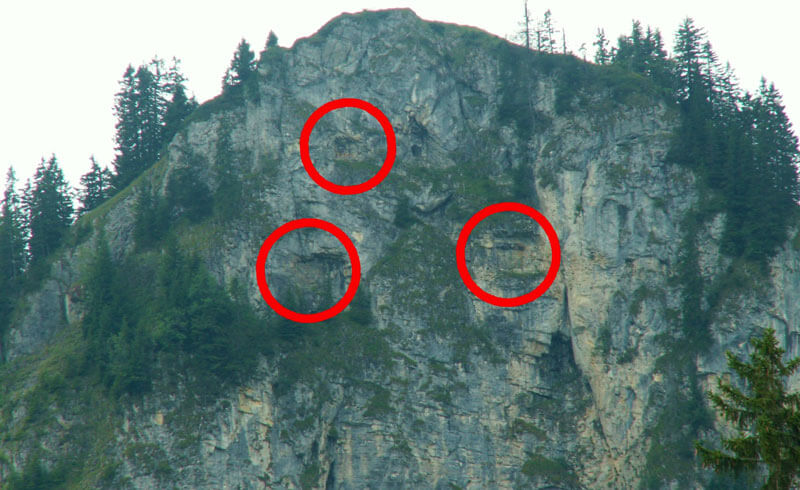
Looking to bunker down in Switzerland? You'll be fascinated by the sheer variety and cunning engineering of bunkers in Switzerland.
The design of Swiss bunkers is as diverse as it is ingenious. Picture this: military bunkers masquerading as quaint homes, complete with faux windows and hidden gun turrets nestled just out of sight. Some even take on the guise of cozy woodland cabins, with artillery cleverly concealed beneath timber facades.
Tucked away beneath the undulating meadows, fallout shelters are masterclasses in camouflage, merging seamlessly with the natural landscape. Within these subterranean havens, rows of bunk beds stand ready, guarded by doors fortified against blasts and gas. And it's not all about utility; some civilian bunkers are spacious enough to house hundreds, equipped with communal areas to dine and unwind.
Carved into the very heart of the mountains, military bunkers are vigilant, their watchful eyes - surveillance cameras - perched discreetly above each entry. And then there are those bunkers whose doors, once shrouded in secrecy, now blend so perfectly with the rocky terrain the untrained eye could easily miss them.
The Undermining of the Swiss Alps
Most Swiss people would reply: “Of course, military bunkers are everywhere. Why would they not be allowed?” After seven years of living in Switzerland, I have grown used to the Swiss and their quirks.
So when I recently visited a declassified military bunker, I wondered whether this Swiss secret inspired Ian Fleming’s spy flicks in the first place.
A Brief History of Swiss Military Fortifications
The Swiss have actually started building military fortifications in the 15th century. But it was not until the height of World War II that a total of 20’000 bunkers, anti-tank obstacles, and other fortresses were installed underground and into the sides of mountains as a defense against the Third Reich.
And for such a small country, 20'000 "secret" military installments mean they are all over the place – literally hidden in plain sight.
Indeed, somewhere in the walls of a Swiss mountain on the shores of Lake Lucerne in the canton of Nidwalden sits a museum that once was the artillery bunker A 2255: The Fürigen Fortress (Festungsmuseum Fürigen).
Entering the Canton of Nidwalden, a territory of bunkers and fortresses
Surrounded by beautiful vistas and bordering residential areas, it is hard to imagine that this place once housed men in fatigues. They hid behind the mountain walls, bustling about and handling their weapons and radios, watching the skies and shoreline for any signs of "the enemy."
In this region, more than ten fortresses were built as part of an intricate defense system neatly integrated into the Swiss Alps. With all of the civilians in the vicinity, who would have believed that all this time, the army was sitting close by, watching from behind the rock face?
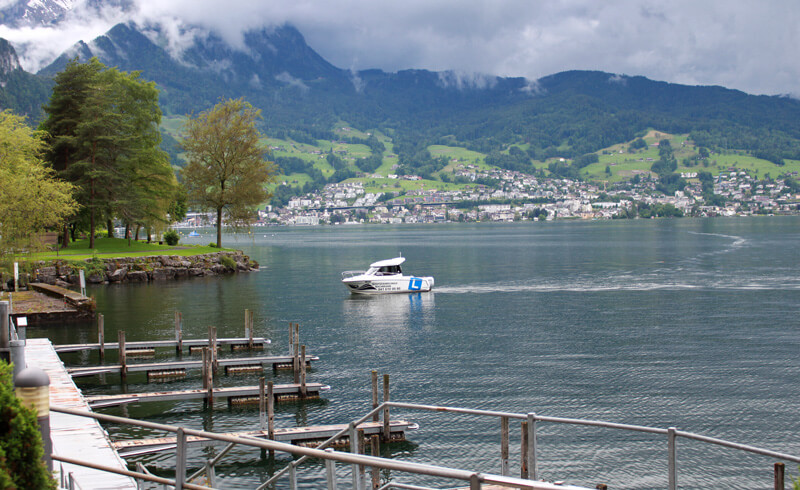
Along with other complexes surrounding the mountains, these fortresses protected Switzerland strategically. The focus was on train lines and tunnels, mountain passes, and, quite generally, the Swiss Alps that geographically divide Germany and Italy.
As the last defense line, the mountains were a safe refuge for a retreating army in case the front-line defenses were to collapse.
Inside the Fürigen Fortress Military Bunker
It was not until recently that we finally made our way to the Festung Fürigen museum to peek behind the walls. Before entering this fortress, every visitor is warned about the cold, damp climate inside.
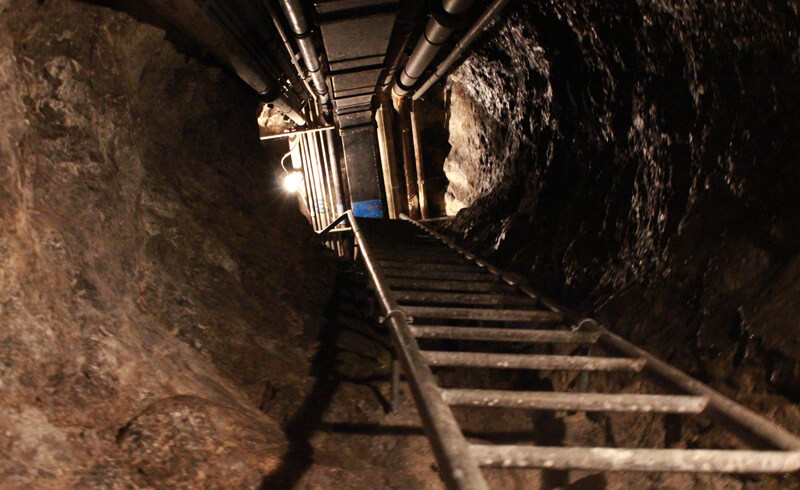
Old military trench coats from the '70s are offered for use. As if the damp, clammy air of 10 12 degrees Celsius was not enough to imagine a past when heating was a constant problem, wrapping yourself with an oversized olive green trench coat could give the finishing touches to that 60s James Bond film set.
An entrance that looks like an old shed gives way to a secret underground passage, a 200-meter-long tunnel system, poorly lit with incandescent lamps and seeping walls.
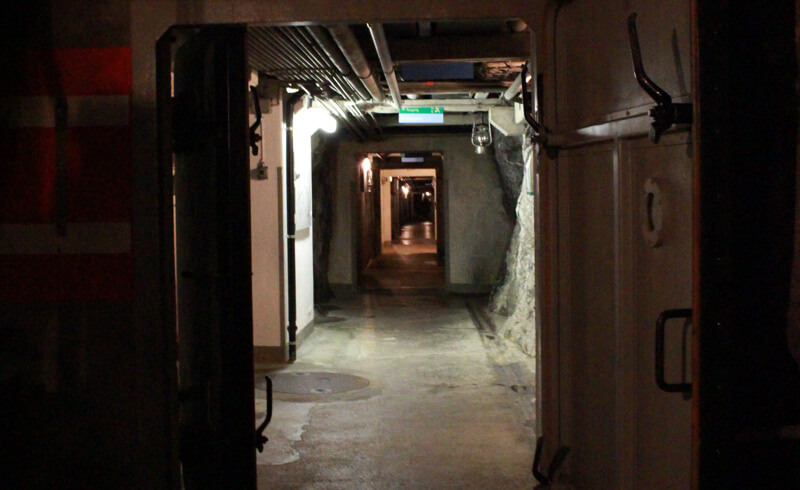
Regardless of which declassified fortification you visit, you will not feel well if you are claustrophobic. No matter how much sun shines outside, these bunkers do not let any of it in.
There is a constant odor crossed with cloaking humidity that accompanies you throughout the visit. But the reality of this spy film is overwhelming enough that you will forget the discomfort as soon as you step through the first blast-proof doors.
Although a circulation system regulates the air to keep it breathable, the air is never quite as fresh as the lake breeze on the other side of the three-meter-thick rock wall separating you from the rest of the world.
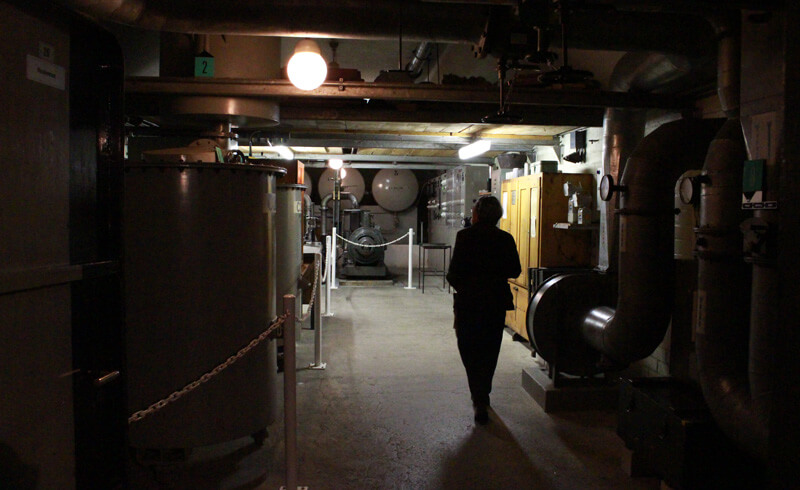
At first, the dark, endless tunnel seems to lead nowhere. But in fact, there are secret bunkers left and right, housing the guns, a kitchen, a canteen (that may also be rented out for private gatherings), storage rooms, a first aid station, and the lodging quarters for soldiers.
Pictured here is one of the two fortification guns from 1939. It was placed behind the rock face strategically to protect one of the mountain passes across the lake, some 10 km away.
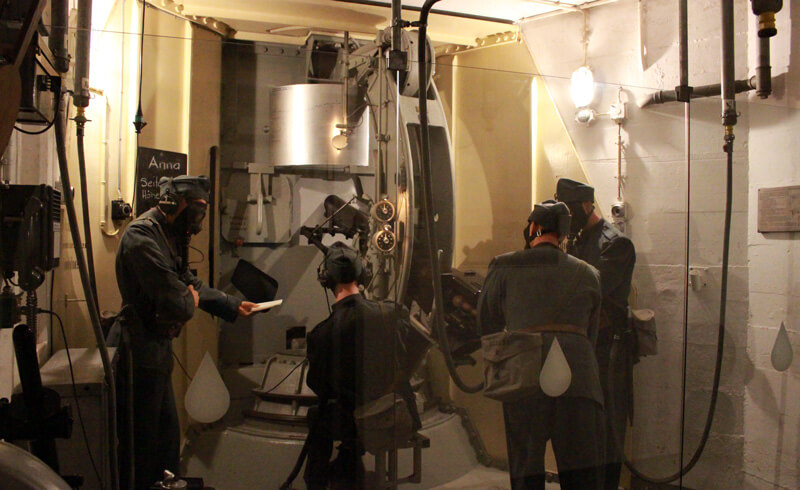
A look into the soldiers' quarters reveals only enough bunks to sleep a third of the troops. This was because of the necessary guard shifts the soldiers would have to follow. During "active" years, a company of over 100 men would have been assigned this bunker, sharing all the cramped space, the stuffy air, and the beds.
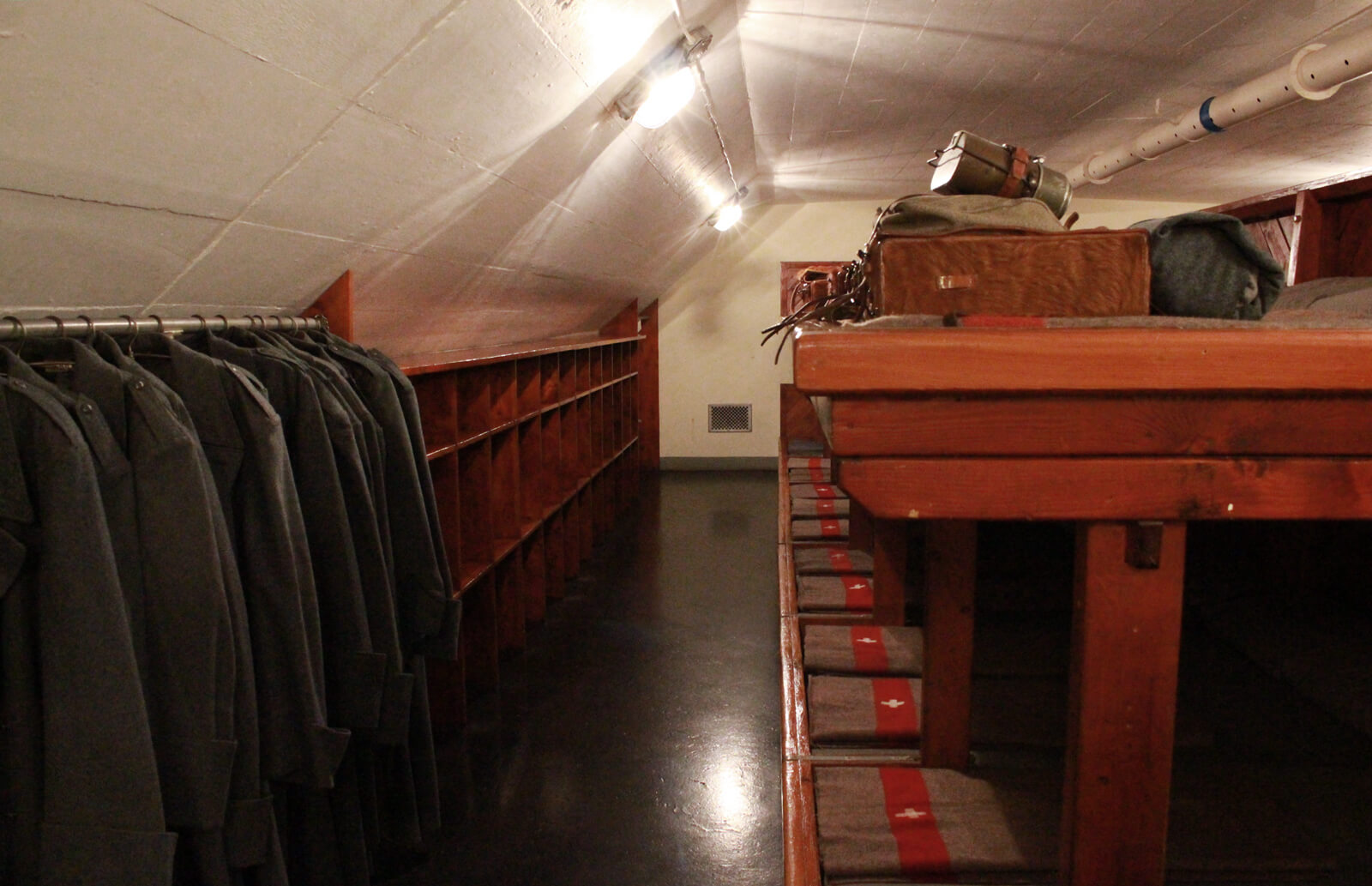
And what a nice surprise: This cafeteria looks very ordinary, unlike a cave's secret housing for men in battledress. There are wooden tables and benches, photos hanging on the walls, it is well lit and quite comfortable, in fact. Surely, that small hint of normalcy was more than welcome for the troops who had to live here during their duty.
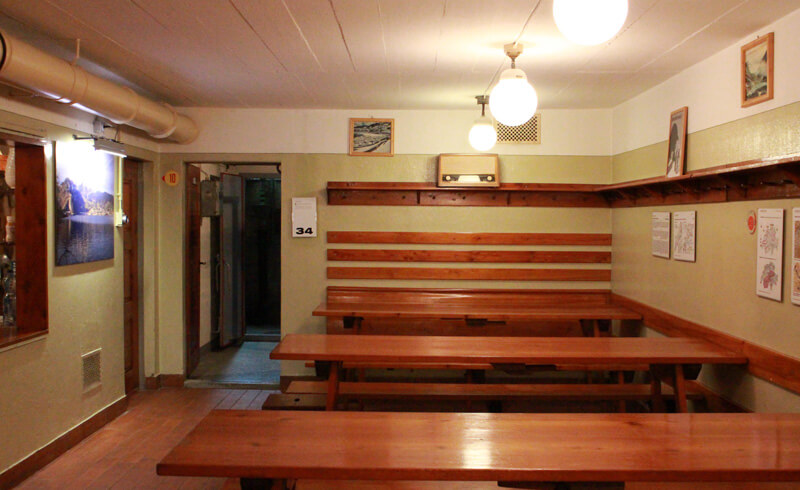
After an hour of exploring the fortress, it was a nice surprise to step out into the fresh, warm summer air. Though the visit was quite awe-inspiring, it was also eerie in many ways. I could only imagine the collective tension among the soldiers who held their military service here back in the day.
A New Life for Swiss Military Bunkers
Fortunately, those days are over. But it was not until the end of the Cold War that these fortifications were declassified. Of the 20’000 installments, 13'000 have been declassified in the late 80s to early 90s, just like this one.
They have been mostly sold off, and though not all have been turned into museums like Festung Fürigen, the new owners have been creative about renewing their functions.
Some can still be seen today, sitting quietly in the forests, disguised as typical Swiss Chalets. A few have been converted into data centers, similar to bunkers elsewhere in Europe, where confidential data or even genetic material can be kept safe – forever, really. (Even in the case of a nuclear blackout.)
And yet, a select few have been transformed into hotels. One, in particular, is a fancy four-star hotel under the Gotthard. How about that for a weekend getaway?
Which Swiss bunkers are open to the public?
In times of peace, Switzerland has found creative ways to integrate these spaces into daily life. Some shelters double as community centers, sports facilities, car garages, cheese storage, and even wine cellars, ensuring they're not just waiting idly by but are a functioning part of society.
Others have even been converted into museums and hotels, giving us a glimpse into Switzerland’s military past.
Here are all the Swiss bunkers that are open to the public:
Reuenthal Fortress and Swiss Military Museum Full AG
Nestled near the Swiss-German border, the Reuenthal Fortress is a 20th-century fortification that now houses the Swiss Military Museum. Its deceptive exterior and extensive interior are a testament to Swiss strategic military planning.
Zivilschutzanlage Sonnenberg LU
The Sonnenberg shelter, accessible only through guided tours, offers a profound journey into Switzerland's civil defense history. Tours are available in German and English, providing a detailed narrative of the shelter's purpose and legacy.
Fürigen Fortress NW
This fortress remains a testament to Swiss military ingenuity. The Füringen Fortress is open for the public to explore, and here's what it's like inside.
Sasso San Gottardo TI
Perched on the Gotthard Pass, the Sasso San Gottardo bunker features a museum with multimedia exhibits and a significant crystal collection. Since its declassification, this bunker has served as an educational space on the region's military and geological history.
Fort de Chillon VD
Operational from 1941 until 1995, Fort de Chillon has transitioned from a strategic military hideout to an interactive museum, complete with augmented and virtual reality experiences. Open daily, it offers a dramatic insight into the lives of soldiers stationed there. And the entrance is just footsteps from the popular Chillon Castle...
Festung Fort Gondo VS
During World War II, the infantry fortress in the Gondo Gorge was pivotal for defending Switzerland's borders. Today, you can explore Fort Gondo through guided tours, marveling at its 350-meter connecting tunnel, artillery rooms, soldiers' quarters, central gallery, officers' rooms, and kitchen, all narrated by knowledgeable guides who bring the past to life with plans, photos, models, and artifacts in the soldiers' lounge.
Fortress Saint-Maurice VS
Straddling the era between the World Wars, Fortress Saint Maurice comprises a trio of forts with a rich history now revealed to the public. It's a place where past secrets are unveiled, offering a chilly but enlightening experience into military life from 1911 to 1995.
Artillery Fort of Champex-Lac VS
Once a linchpin in Switzerland's alpine defense, the Artillery Fort of Champex-Lac has been demilitarized and transformed into a museum. Its high-altitude location and historical significance as a command post offer visitors a unique perspective on Swiss military strategy.
Knowing what may lie within the forests and rock walls of the Swiss mountains may start making a conspiracy theorist out of every tourist!
As for me, I am constantly on the lookout. Whenever I look at a cliff wall, I scan it for signs of possible "fake" rocks or hidden doors. Whenever I spot an anti-tank obstacle in the hills, I start to deduct the reasons why they were strategically placed there.
Sometimes, when I see a lonesome house, I wonder: "Could that be one?"
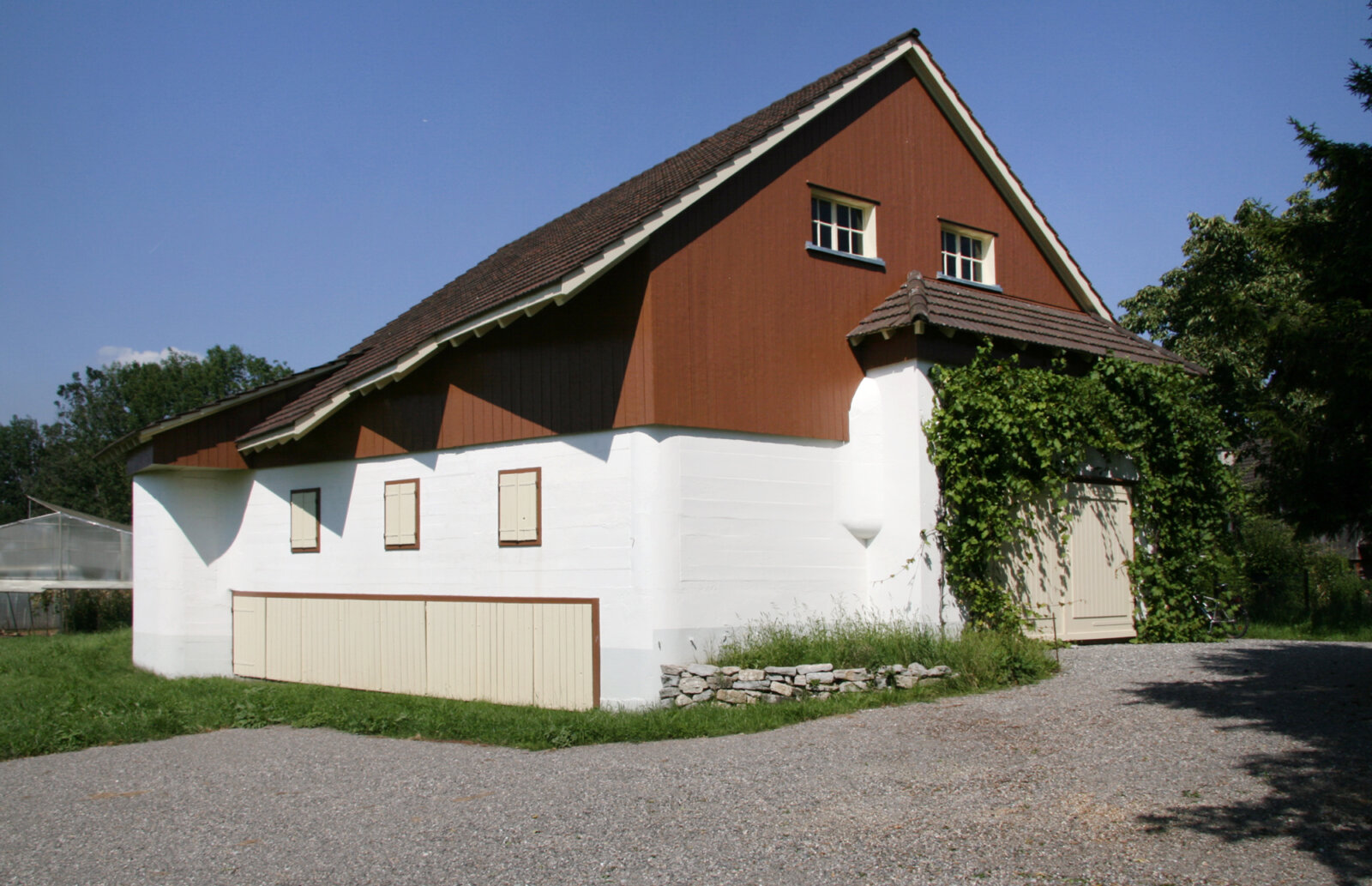
Keep your eyes peeled next time you wander through those alpine meadows; you might just stumble upon a hidden door to Switzerland's underground world.
If the mountains don't impress you, maybe, just maybe, the secrets within would.
